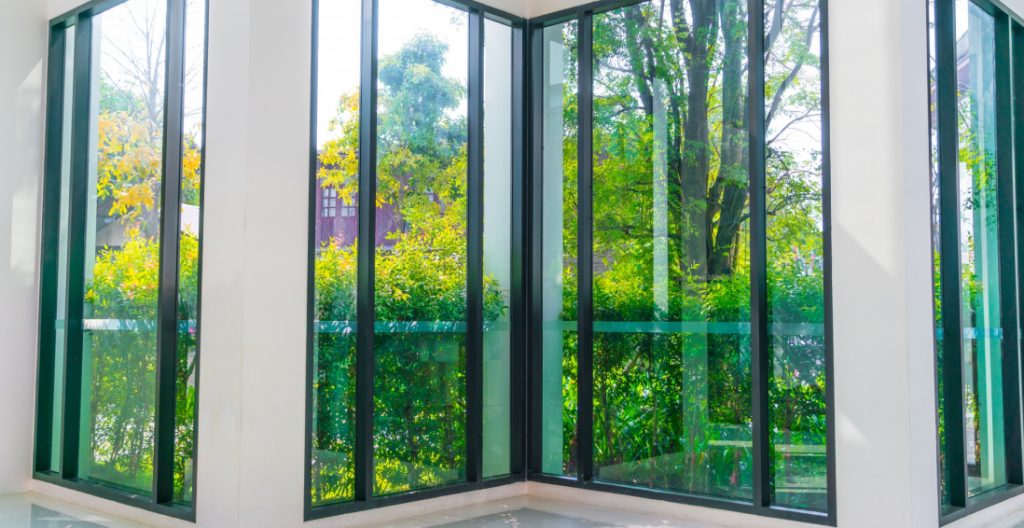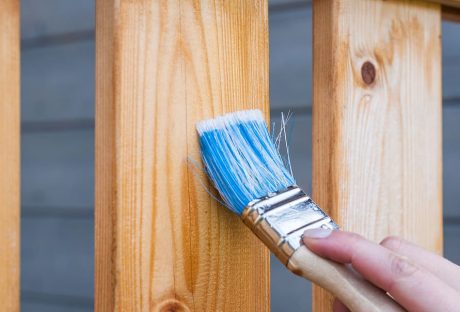Windowpanes are important parts of your house that contribute to aesthetics as well as energy efficiency. Good quality window glass allows light to enter your home and blocks the heat.
Also, it prevents the cooling of your air conditioning system from escaping from your house to improve its energy efficiency. A window glass should be strong enough to tolerate strong winds and extreme temperatures without getting cracked or damaged.
However, there are many types of glass available in the market. It can be challenging for some people to choose the right glass for their windows.
Whether you want to install window glass or want a glass window replacement, this post shares some tips for choosing the best window glass for your home. Hence, to learn more, read on to the end of the article.
Different Types Of Window Glass Options

The following are some of the major window glass options you must consider for your home:
1. Clear Float Glass Or Annealed Glass:
Float glass is formed by floating the molten glass on the molten tin to produce thin glass panels. The clear float glass allows 100 percent penetration of natural light into the house and offers viewing clarity to see the outdoors.
However, it is not good for heat and sound insulation. If natural light and outdoor views are your priority, you can install clear float glass on your windows. These glasses are quite affordable and a good option for people who want to design their windows on a low budget.
2. Toughened Glass:
As the name suggests, the toughened glass is made strong to withstand strong winds and extreme temperatures. It is more expensive than clear float glass and is available in reflective, clear, and tinted forms. You can get them in green, blue, grey, and bronze colors.
When a toughened glass is broken, it usually splits into small fragments that are harmless. Window glasses made of toughened glass are excellent for French windows and front doors as they offer enhanced safety and enhance the aesthetics of your entrance.
3. Tinted and Reflective Glass:
Tinted glasses are formed by adding metal oxides to glass. Reflected glasses are made by applying a metallic coating on the glass. If you want tinted light and outdoor views, you can use tinted glass, but it is not very energy efficient.
If energy efficiency is your goal, you can use reflective glass as they reflect most of the heat back into the outdoors, keeping your interiors cool.
Stained glass is also an option if protection from harmful ultraviolet rays is a priority for the owner or his family. The common standard is to use tinted glass in skylights, vehicles, or decorative panels, but you can also use them for outdoor windows.
4. Obscured Glass:
Obscured glass refers to any glass that allows light to pass through, but the material is not completely transparent like normal glass. The customized options include a design in which a gaze can see more than the shadow behind the fuzzy glass window.
This property makes it an ideal choice for bathroom windows or shower doors that require privacy. It can also be used to bring more natural light into the home.
5. Double Or Triple-Glazing Windows:
Residential window glass is a thing of the past. With energy efficiency being the primary concern of home builders and homeowners today, most windows now have at least double glazing – meaning that each window has two glass panels connected by a spacer, with space between the two. The space between them is filled with an insulating gas.
Window glasses can also have triple glazing – in other words, an additional glass is added to the window. Triple-glazed glasses are costlier than double-glazed glasses and offer you a significant return on your investment, whether you want to sell your house or save on utility bills.
6. Tempered Glass
These are also called safety glasses. Actually, manufacturers heat and cold them simultaneously to perform the process quickly. Hence, this makes tempered glass four times stronger than untreated glass.
Aussie Aluminum Enterprise offers a variety of aluminum doors and windows in Australia. They have been offering aluminum doors and windows for more than 20 years in Australia. If you have a property in Australia, you can hire them for the installation of windows at your home or office.
How To Choose Window Glass For Your Home?

When you choose the best window glass for your home, the following are some of the major factors to consider:
1. Noise Reduction
Choose a window glass that is thicker and can help you reduce noise. For instance, you can use laminated or double-pane windows with thicker glass.
2. UV-Ray Protection
If you want your window glasses to block harmful UV rays from the sun, you can choose low-E glass. This is a great option if you live in an area with hot weather.
3. Energy Efficiency
The best glass for energy efficiency is insulated glass. Generally, these have two layers of glass with an inert gas in between.
4. Safety
To ensure safety, you must use tempered glass. These glasses are four times stronger than untreated glass.
5. Privacy
Tinted glass is the best option if you want privacy. However, it allows natural light during the day.
6. Complying With Building Codes
Find out what the building codes in your area are. Depending on the coeds, you have to choose your type of window and performance.
Frequently Asked Questions (FAQs) On Window Glass
The following are some of the most common questions you will find about window glass:
The cost of window glass replacement ranges from $180 to $409. Here, the average cost of replacement is $279. However, depending on your location, type of glass, and size of the glass, the price can change.
Generally, toughened glass or tempered glass are some of the best quality glasses you can buy for your windows.
Toughened laminated Glass is the best option for house windows. This is because they not only reduce the risk of injuries, but they are also shatterproof. Moreover, they offer additional sound insulation and UV protection.
Final Words:
These are the major options to choose window glass for residential and commercial properties. The first step is to analyze your requirements and budget to choose the best available option.
For example, double or triple-glazed windows are best for energy efficiency. Float glass windows are best for natural light and outdoor views. Once you come to know your requirements, it will be convenient to choose the right window glass for your property.
Do you have more suggestions on how to choose window glass for homes? Please share your ideas and opinions in the comments section below.






















